In recent years, wolves have been making a significant comeback in various parts of the United States. Thanks to concerted conservation efforts, these majestic predators are reclaiming their territories, bringing balance to ecosystems and enriching biodiversity. Here’s a look at the US states where wolves are thriving once again.
The Importance of Wolves in Ecosystems

Wolves play a crucial role in maintaining healthy ecosystems. As apex predators, they help regulate prey populations, which in turn affects vegetation and the overall health of the environment. Their presence can lead to increased biodiversity and more stable ecosystems.
Wyoming: A Success Story
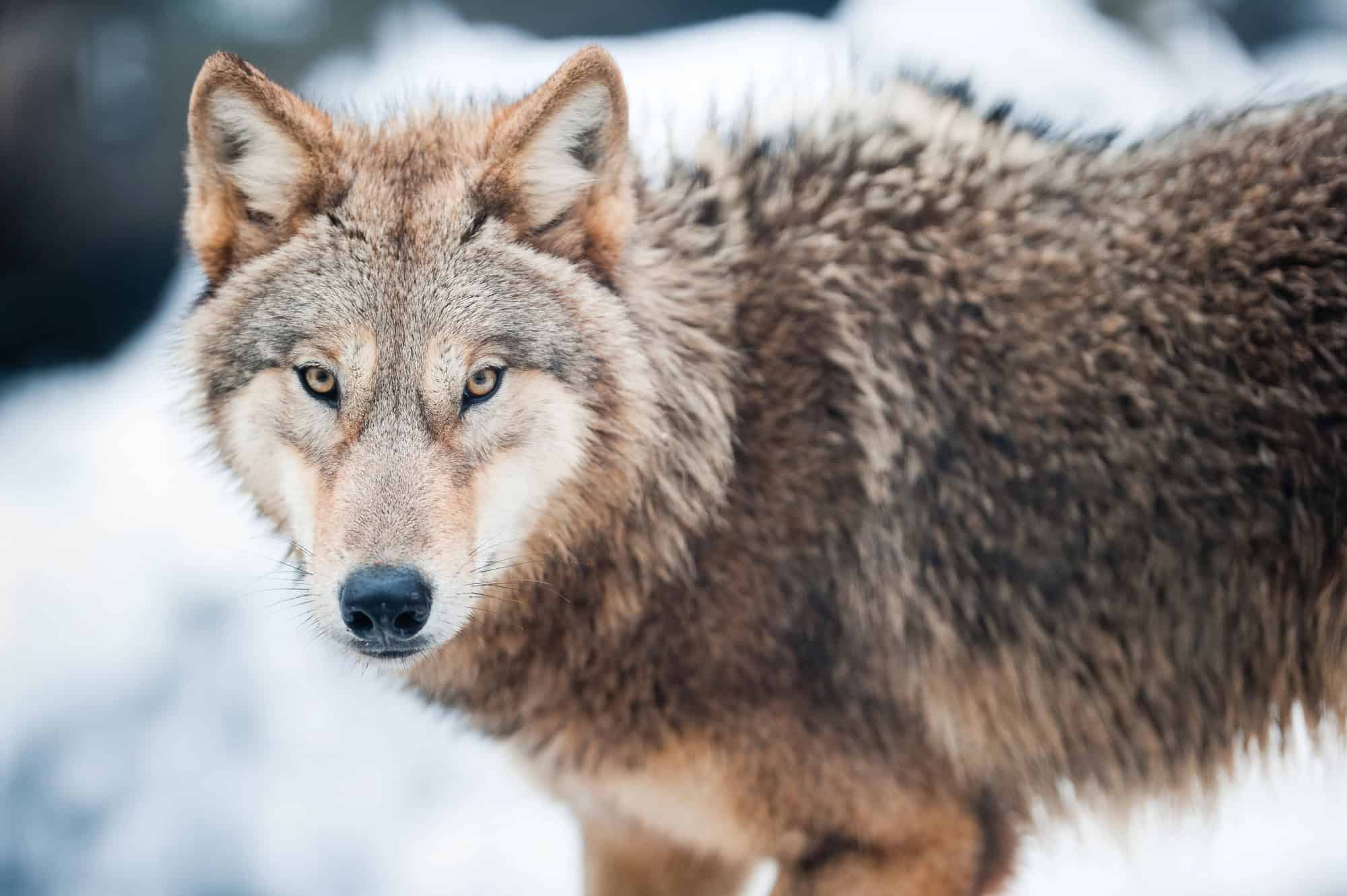
Wyoming is one of the notable success stories in wolf conservation. The reintroduction of wolves in Yellowstone National Park in the mid-1990s has led to a thriving population. The wolves have spread from the park into surrounding areas, significantly impacting the ecosystem. The presence of wolves has helped control the elk population, allowing for the recovery of vegetation and the return of other species like beavers and songbirds.
Idaho: Growing Numbers

Idaho has seen a steady increase in its wolf population since their reintroduction. The state’s remote wilderness areas provide ideal habitats for wolves to thrive. Conservation programs and careful management have helped balance the needs of wildlife with those of local communities and livestock owners.
Montana: A Balanced Approach

Montana has implemented a balanced approach to wolf management, focusing on both conservation and addressing the concerns of ranchers. The state’s wolf population has grown, with packs spreading across various regions. This growth has led to healthier ecosystems and a resurgence of native flora and fauna.
Oregon: Expanding Range
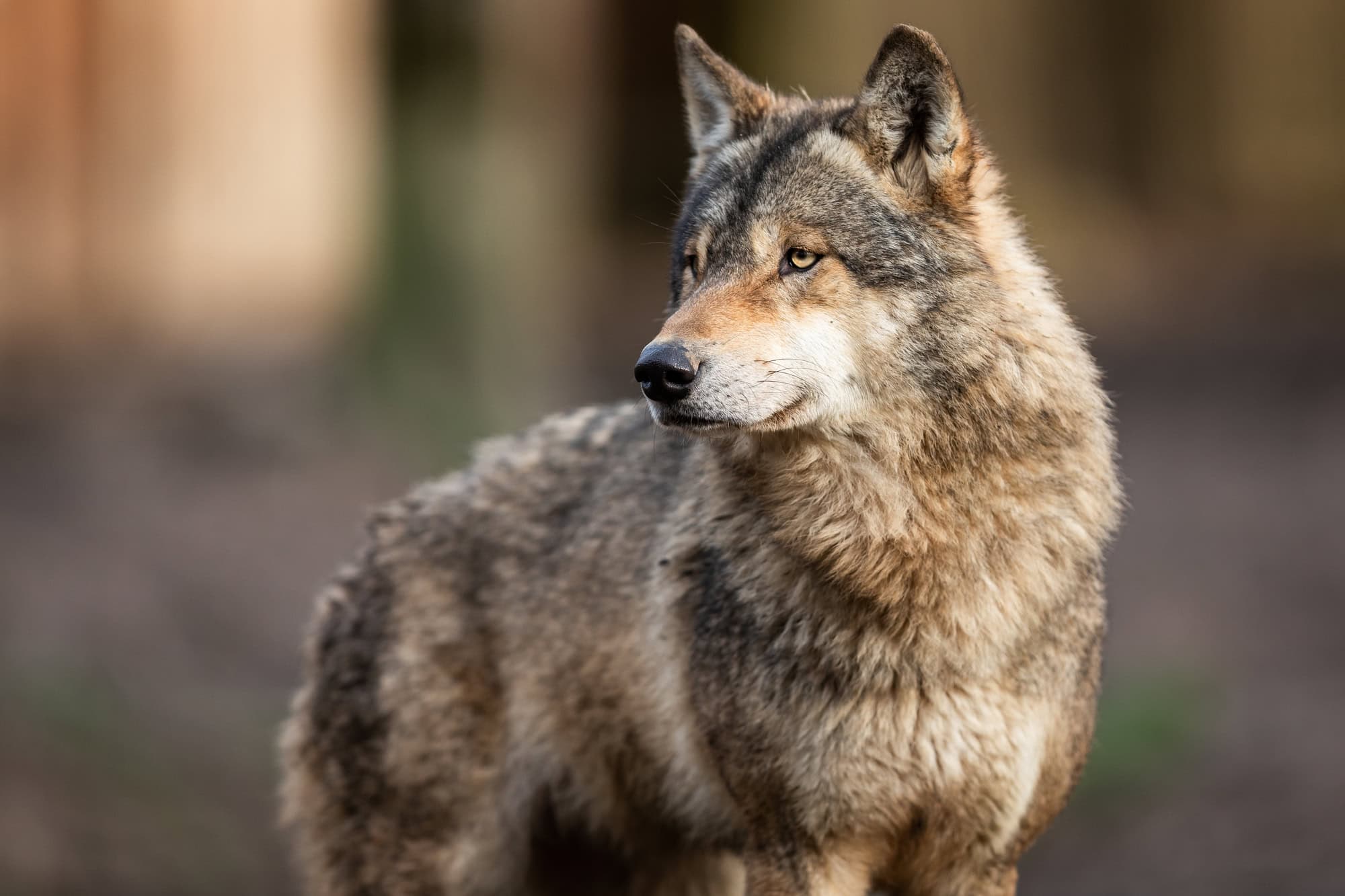
Oregon’s wolf population is expanding, particularly in the eastern part of the state. Wolves from Idaho have migrated into Oregon, where they have established packs and territories. The state’s wildlife agencies are working to ensure that wolves coexist peacefully with human activities, including livestock farming.
Washington: Successful Reintroduction
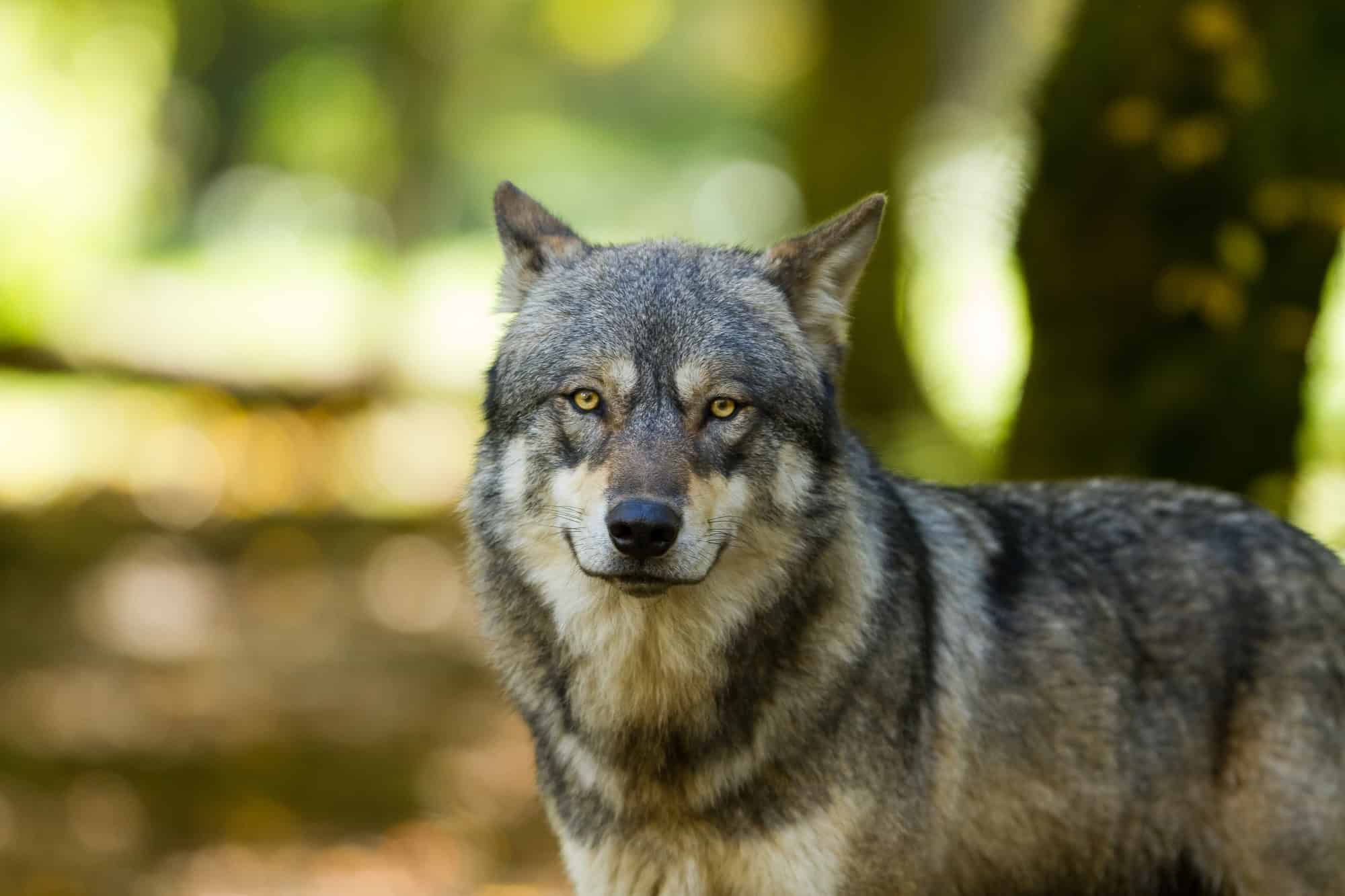
Washington has seen successful reintroduction and natural migration of wolves. The state’s wolf population is growing, particularly in the northeastern and central regions. Washington’s comprehensive management plans focus on conservation, minimizing conflicts, and promoting coexistence with local communities.
Minnesota: A Stronghold for Wolves

Minnesota is home to one of the largest wolf populations in the contiguous United States. The state’s vast forests and wilderness areas provide excellent habitats for wolves. The population has remained stable and robust, thanks to effective conservation measures and habitat protection.
Wisconsin: Steady Growth

Wisconsin has experienced steady growth in its wolf population. The state’s efforts in monitoring and management have ensured that wolves continue to thrive. The presence of wolves has contributed to the balance of local ecosystems, benefiting various plant and animal species.
Michigan: Recovery in the Great Lakes Region

In Michigan, particularly in the Upper Peninsula, wolf populations have made a significant recovery. The wolves’ return has been beneficial for the region’s ecosystems, helping to control deer populations and allowing forest vegetation to regenerate.
Colorado: A New Beginning
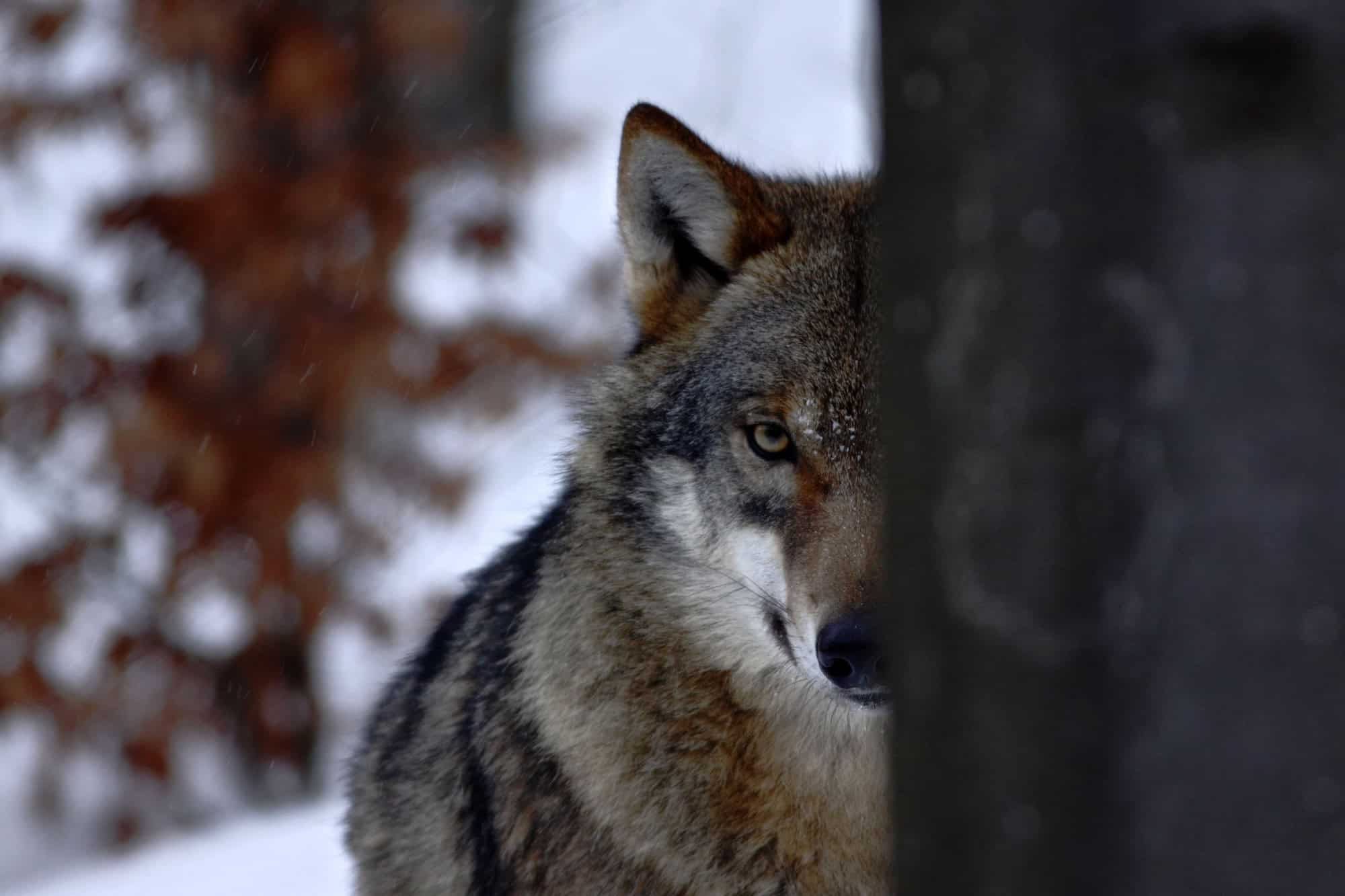
Colorado is the newest state to welcome wolves back. In 2020, voters approved a measure to reintroduce wolves into the state by 2023. This reintroduction aims to restore ecological balance and enhance biodiversity. Preparations are underway to ensure a smooth transition and successful integration of wolves into Colorado’s ecosystems.
1. Historical Range
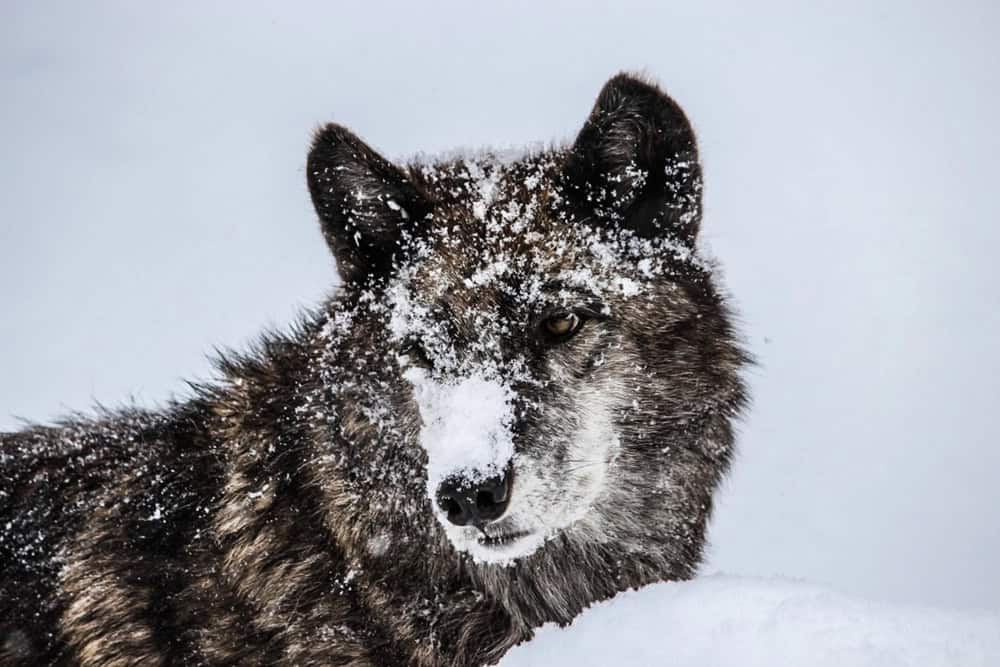
Wolves once roamed across most of North America, from the Arctic tundra to Mexico. Their historical range covered almost the entire continent, showcasing their adaptability to various habitats.
2. Near Extinction

By the mid-20th century, wolves were nearly exterminated in the lower 48 states due to hunting, trapping, and habitat loss. Their populations were reduced to small pockets in the northern wilderness areas.
3. Reintroduction Efforts
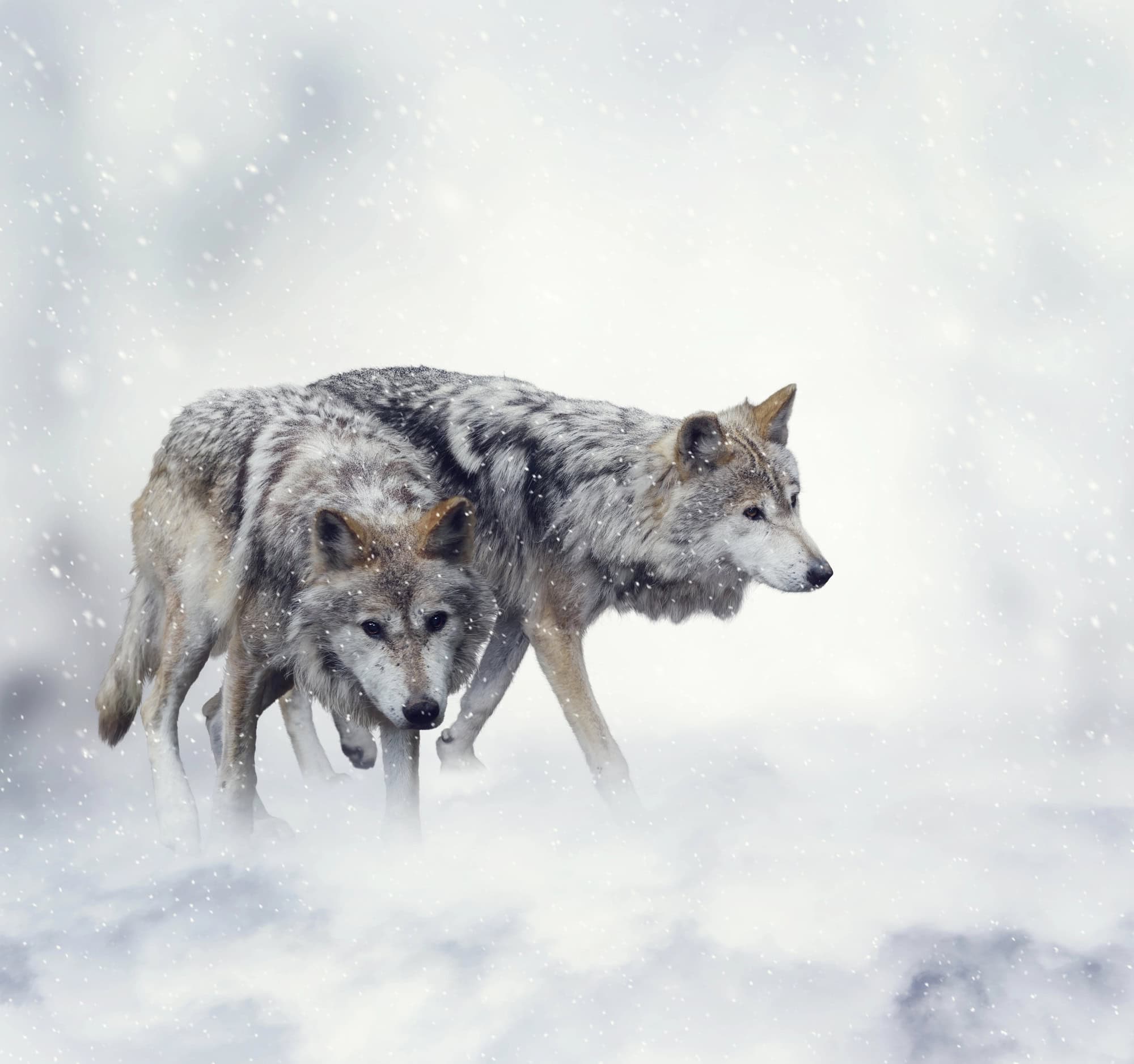
Reintroduction programs, such as those in Yellowstone National Park and Idaho in the 1990s, have been crucial in bringing wolf populations back from the brink of extinction.
4. Federal Protection
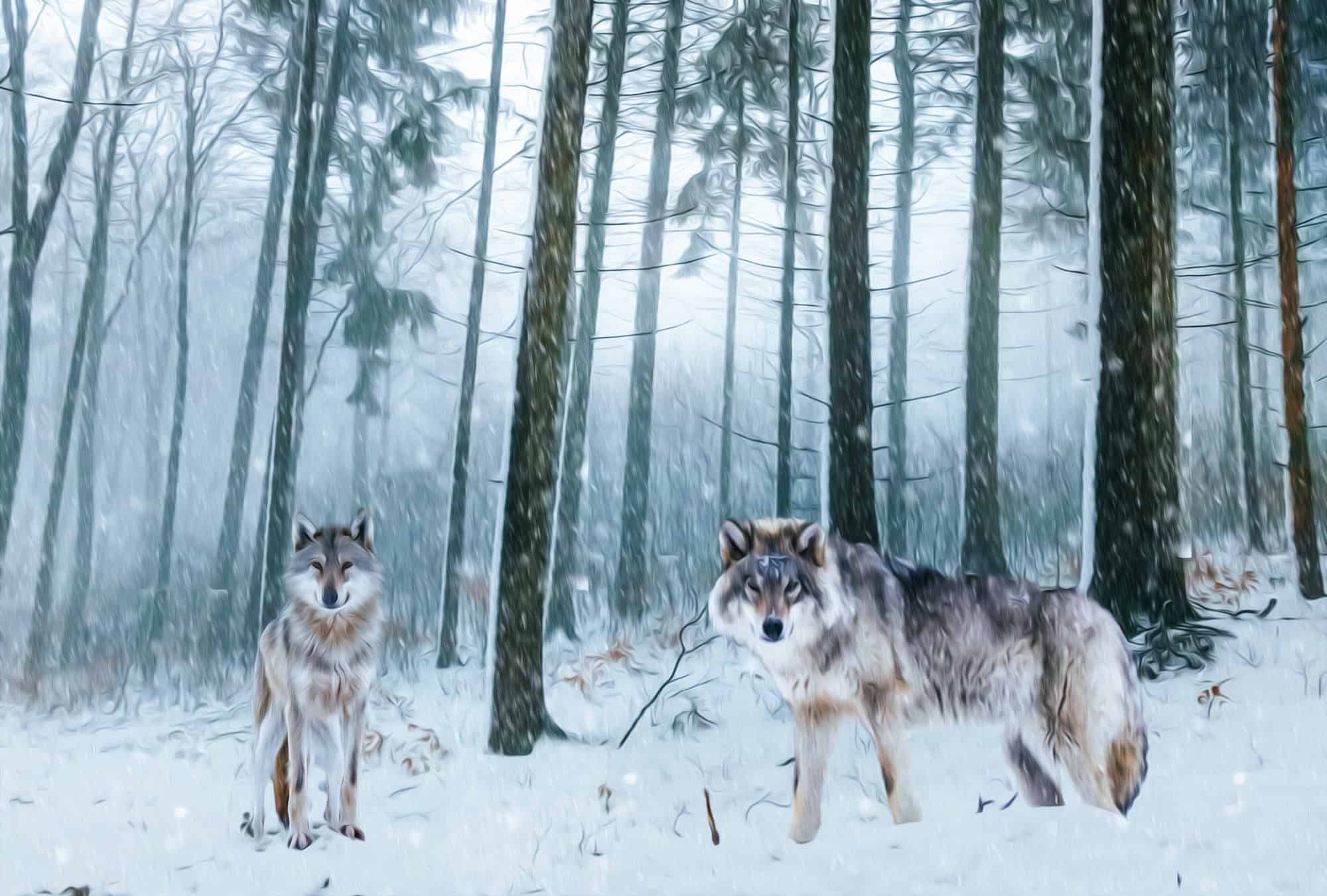
Wolves were listed under the Endangered Species Act in 1974, providing them with federal protection and paving the way for recovery efforts across the country.
5. Pack Structure
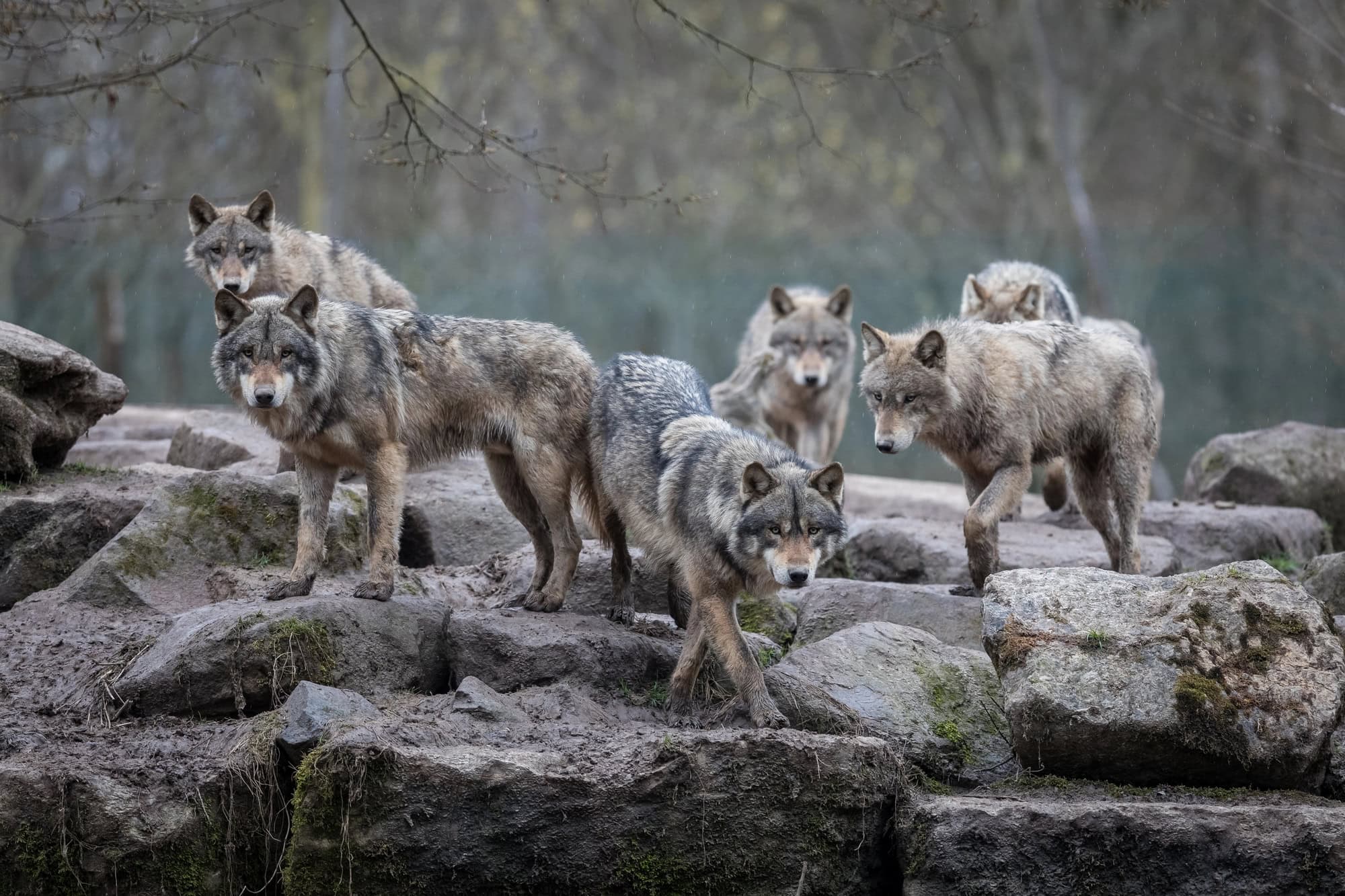
Wolves live and hunt in packs that typically consist of 6 to 10 animals. A pack is usually composed of an alpha male and female, their offspring, and sometimes other non-breeding adults.
6. Communication

Wolves communicate through a complex system of vocalizations, body language, and scent marking. Howling is one of the most recognized forms of wolf communication, used to assemble the pack and mark territory.
7. Diet and Hunting

Wolves are carnivorous and primarily hunt large ungulates such as deer, elk, and moose. They are also known to eat smaller mammals, birds, and even fish when available.
8. Impact on Ecosystems

The reintroduction of wolves has led to significant ecological changes, such as the reduction of overpopulated prey species and the subsequent recovery of vegetation and other wildlife.
9. Wolf Species in the USA
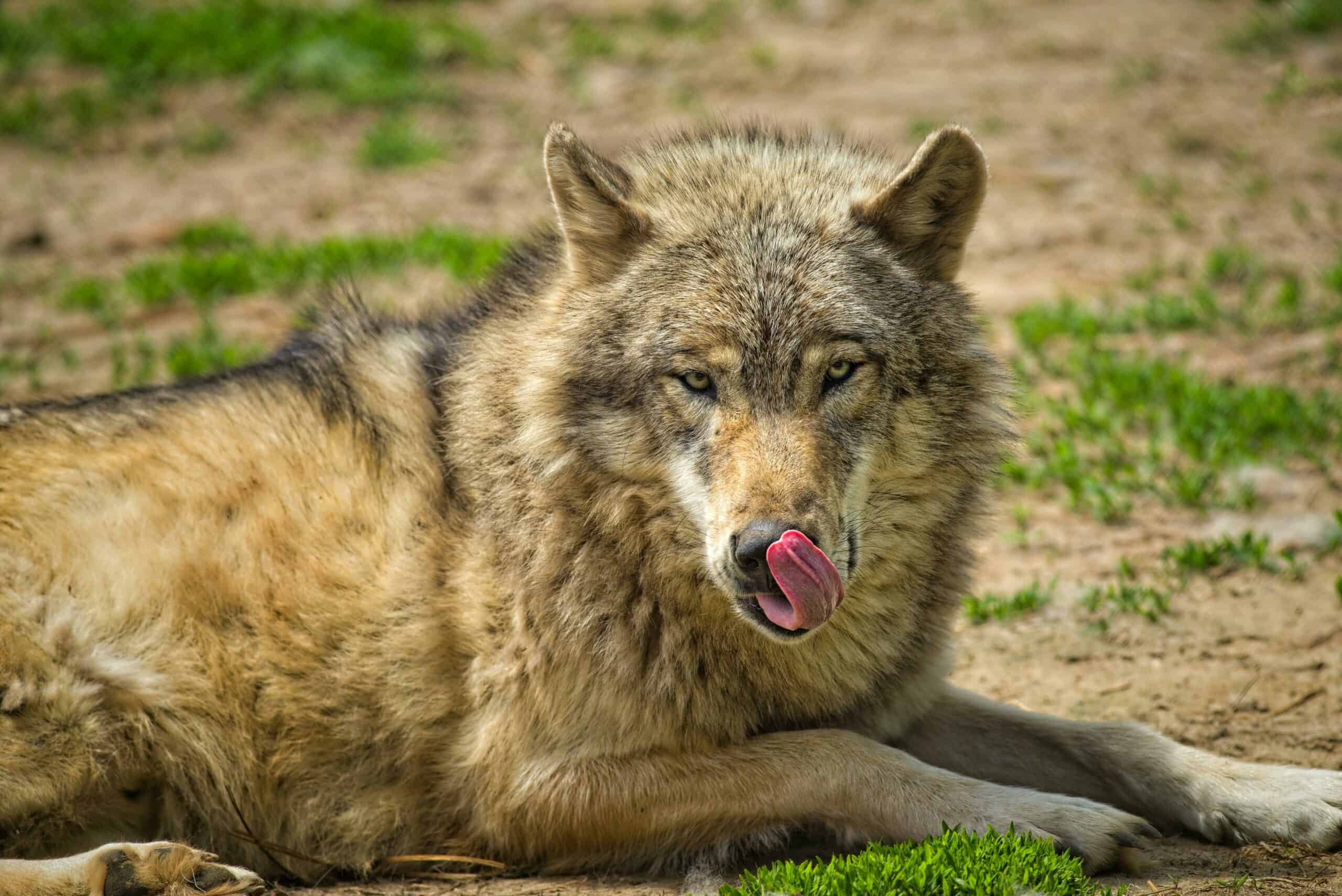
The two main species of wolves in the USA are the Gray Wolf (Canis lupus) and the Red Wolf (Canis rufus). The Gray Wolf is more widespread, while the Red Wolf is critically endangered and primarily found in the southeastern US.
10. Adaptability

Wolves are highly adaptable animals, capable of living in diverse environments ranging from forests and tundras to deserts and grasslands.
11. Lifespan

In the wild, wolves typically live for about 6 to 8 years, although some can live longer. In captivity, wolves can live up to 16 years due to better care and the absence of threats.
12. Population Estimates

As of recent estimates, there are approximately 6,000 Gray Wolves in the lower 48 states, with the largest populations found in Minnesota, Wisconsin, and Michigan.
13. Wolf-Dog Hybrids

Wolf-dog hybrids, or wolfdogs, are the result of breeding between wolves and domestic dogs. These hybrids can exhibit a mix of traits from both species and are often challenging to manage as pets.
14. Cultural Significance

Wolves hold significant cultural importance in various Native American tribes, symbolizing strength, loyalty, and the spirit of the wilderness.
15. Ongoing Conservation

Ongoing conservation efforts are crucial for the continued recovery of wolf populations. These efforts include habitat protection, legal protections, and programs to promote coexistence with humans and livestock.
The Future of Wolves in the US
The comeback of wolves in various US states is a testament to the power of conservation efforts and the importance of preserving our natural heritage. As wolves continue to reclaim their territories, ongoing support and balanced management will be crucial to ensure their survival and the health of our ecosystems. By fostering coexistence between humans and wolves, we can celebrate and protect these iconic creatures for generations to come.
Join our Forum for free today!

- Top 10 Reasons You Should Consider Adopting an Animal From a Shelter - June 17, 2024
- Massive 25-Foot Anaconda Halts Traffic in Brazil Caught on Camera - June 16, 2024
- Unique Footage of 5 Bald Eagles Fight Midair Over Unlucky Fish - June 16, 2024

